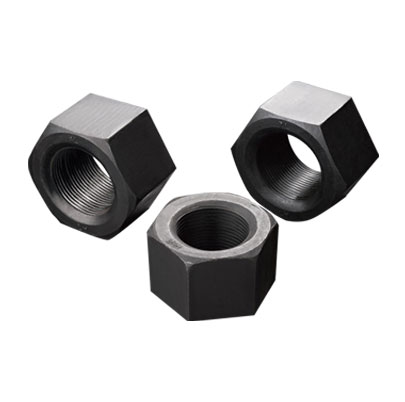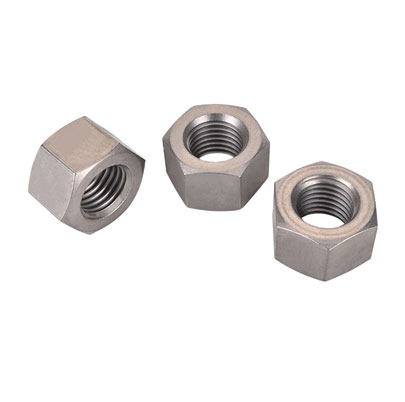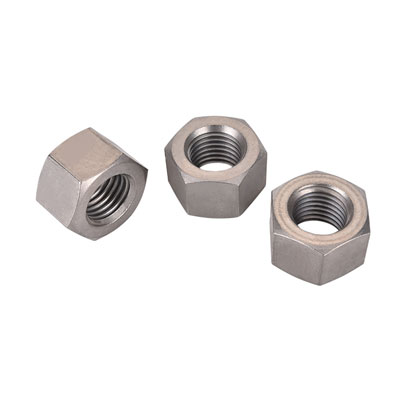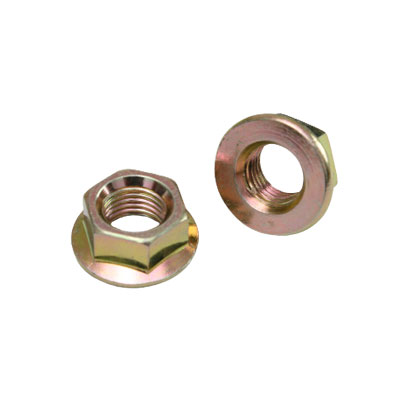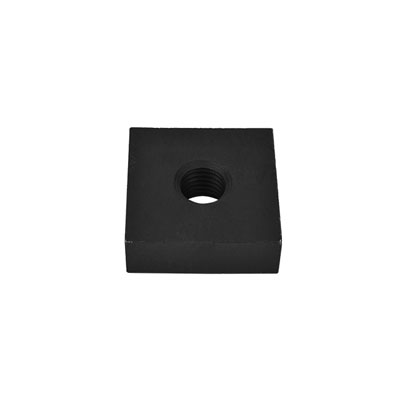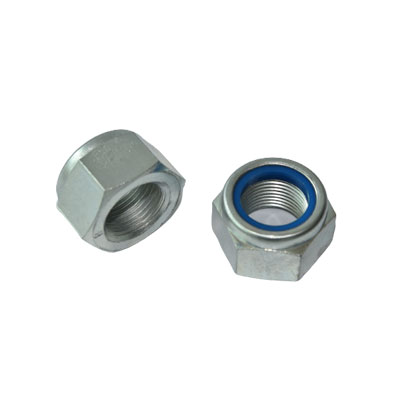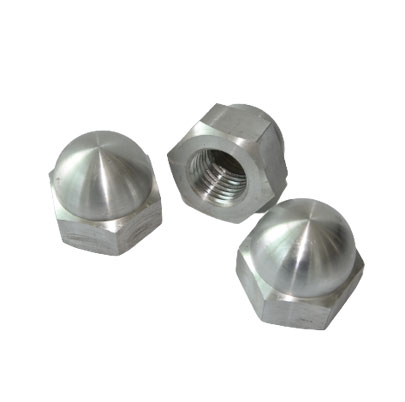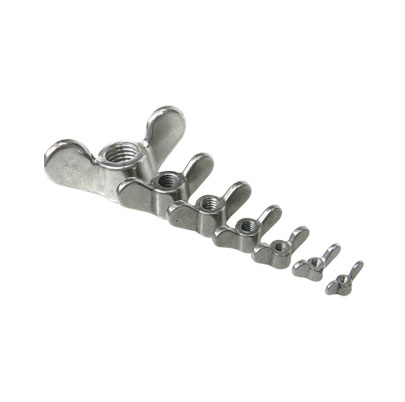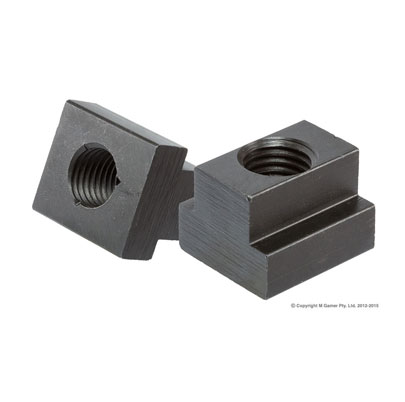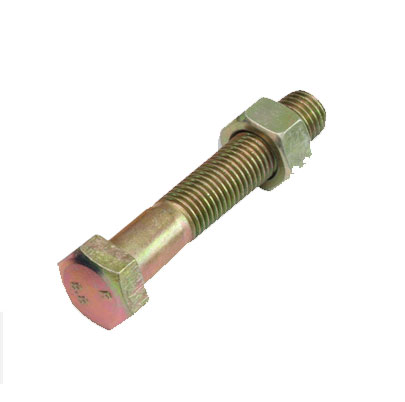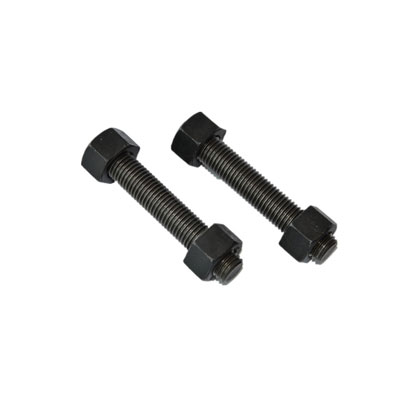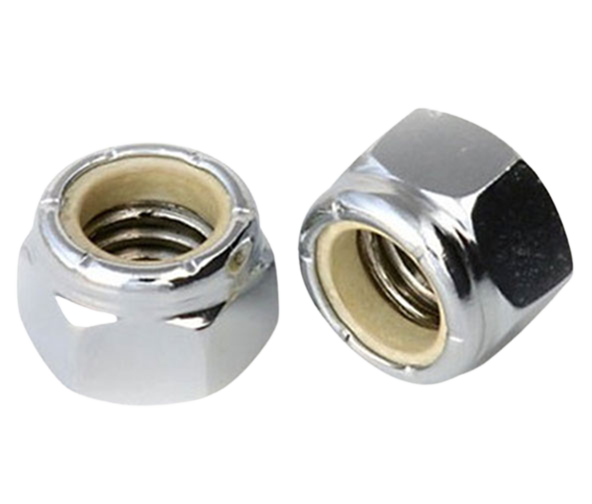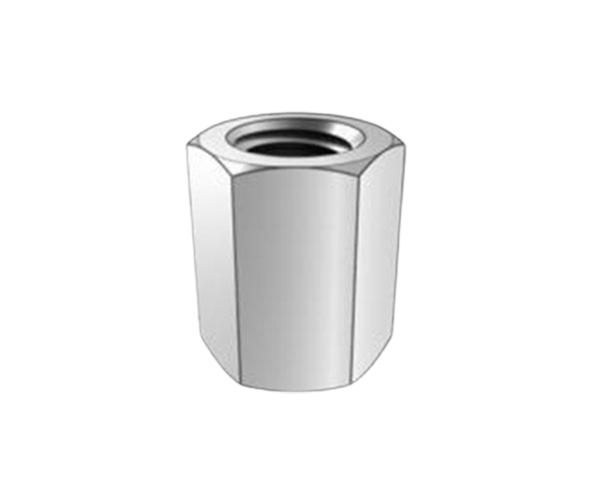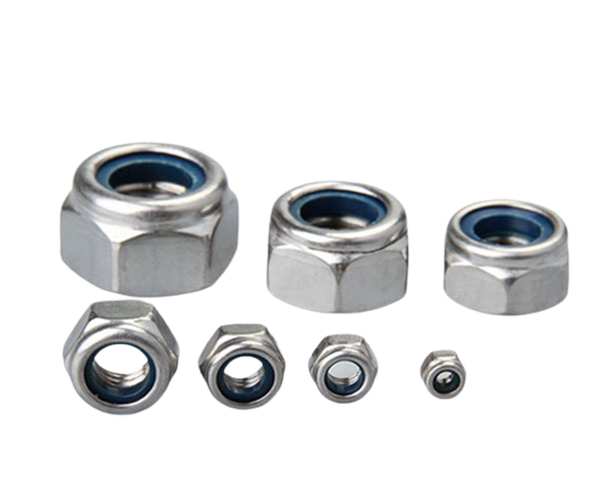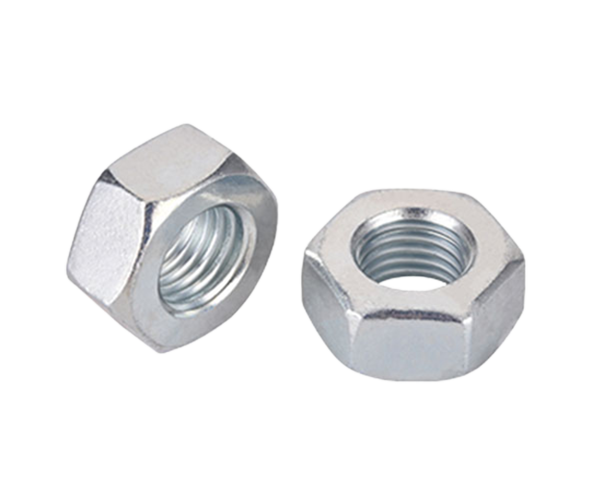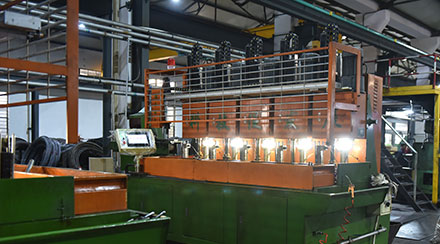In many machine structures, there are many large parts, but only these large parts are not enough to form a machine. Just as bricks, reinforced steel are needed to build a house, but without cement, on a machine, cement represents nuts, bolts and other small parts. Although these things are small, their role is significant. Today, let me introduce the knowledge of hex nuts to you.
A nut is a fastener with internal threads used in conjunction with a bolt or screw for fastening. Hex nuts are geometrically hexagonal and are surrounded by eight faces.
Processing Steps of Hex Nuts
A nut is a part that must be used in all production and manufacturing machinery. So, how to process hex nuts? Here is a brief introduction to the processing steps of hex nuts.
1. Mark the center of the hexagon, punch it out, and mark the circle or check box line.
2. Calculate the diameter of the bottom hole according to the formula, select a suitable drill bit to drill the bottom hole (before drilling the bottom hole, use a small drill bit to drill the center hole) and chamfer on both sides of the bottom hole.
3. Tap the thread according to the correct method, and lubricate the thread when tapping.
4. Check whether the blank rod diameter is qualified according to the formula.
5. First process the hexagonal head of the bolt, and the method is the same as that of the nut processing.
6. Then insert the thread according to the correct method. Lubricate the thread when inserting it and thread it to the end.
7. Chamfer and trim the nut and bolt.
8. Remove burrs, perform comprehensive inspections, and polish the workpiece.
Uses of Hex Nuts
Common external hexagons—widely used, characterized by large tightening force. The disadvantage is that there must be enough operation space for installation. A ratchet wrench, an open-end wrench, or a goggle wrench can be used for installation, all of which require a large operating space.
Internal hexagon with cylindrical head—The most widely used of all screws because of its large tightening force. An internal hex wrench can be used for operation, which is convenient for installation and can be used for almost all structures. Its exterior looks beautiful and neat. The disadvantage is that the tightening force is slightly lower than that of the external hexagon, and repeated use can easily damage the internal hexagon, causing inability to disassemble.
Internal hexagon with pan head—rarely used in machinery, with mechanical properties similar to above. It is mostly used in furniture, mainly to increase the contact area with wooden materials and increase the aesthetics of the appearance.
Flange nut—mainly plays a role in increasing the contact area with the workpiece, used mostly in pipelines, fittings, and some stamping and casting parts.
 English
English
